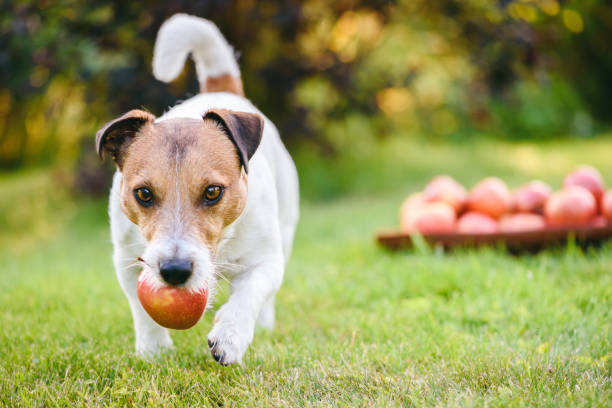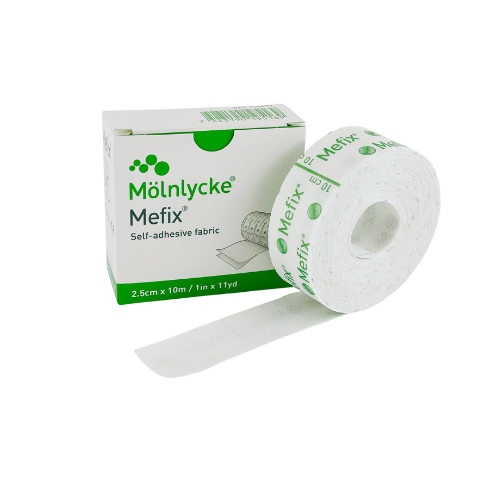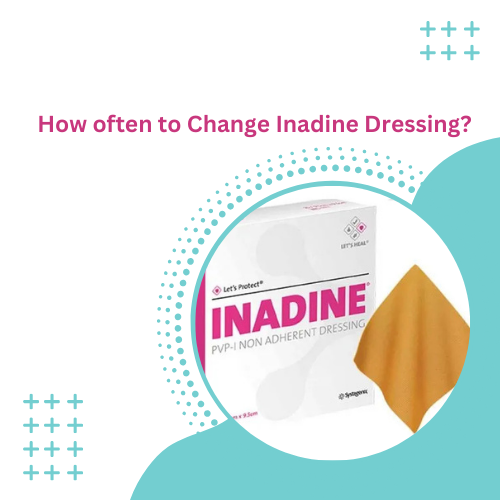Apples can be a tasty and healthy treat for dogs, but there are some important things to consider before sharing this fruit with your furry friend. Here’s what you need to know about giving apples to dogs and why a trip to the orchard might not be the best idea.
Can Dogs Eat Apples?
Yes, dogs can eat apples in moderation. Apples are a good source of vitamins A and C, and they also provide fiber. Many dogs enjoy the sweet crunch of this fruit. However, there are a few rules to follow when offering apples to your dog:
1. Remove the Seeds: Apple seeds contain cyanide, which can be harmful in large amounts.
2. Cut into Small Pieces: To avoid choking, cut the apple into small, manageable pieces, especially for smaller dogs.
3. Moderation is Key: Like any treat, apples should only be given in moderation. Too much can upset your dog’s stomach.
How Much Apple Can a Dog Eat?
Apples can be a delicious and healthy snack for dogs, but moderation is key. Here’s what you need to know about how much apple is safe for your furry friend to enjoy.
General Guidelines for Feeding Apples to Dogs
Moderation is Important: A good rule of thumb is to limit apple treats to about 10% of your dog’s daily caloric intake. For most dogs, this means a few small slices or chunks rather than an entire apple.
Size Matters:
Small Dogs: If your dog weighs under 20 pounds, start with just a slice or two. A few small cubes are sufficient.
Medium Dogs: For dogs between 20 and 50 pounds, you can offer a few slices—about 1/4 of an apple per day.
Large Dogs: Dogs over 50 pounds can safely enjoy 1/2 to a full apple, depending on their overall diet and health.
Monitor Reactions: Always introduce new foods slowly. After giving your dog apple for the first time, watch for any signs of digestive upset, such as vomiting or diarrhea. If they seem fine, you can continue to offer apples in moderation.
Preparing Apples for Your Dog
Remove the Seeds and Core: Always take out the seeds and core before offering apple slices to your dog.
Wash the Apples: Rinse the apples thoroughly to remove any pesticides or chemicals before giving them to your dog.
Cut into Small Pieces: To prevent choking, cut the apple into small, manageable pieces, especially for smaller breeds.
Are apple skins healthy for dogs?
Apple skins can be a nutritious addition to your dog’s diet, but there are a few important factors to consider. Here’s what you need to know about feeding apple skins to your furry friend.
Nutritional Benefits of Apple Skins
Fiber-Rich: Apple skins are high in dietary fiber, which can aid digestion and help keep your dog’s gut healthy.
Vitamins and Antioxidants: The skin contains a good amount of vitamins A and C, along with antioxidants that can support your dog’s overall health and immune system.
Low in Calories: Apple skins are low in calories, making them a great treat option for dogs who need to watch their weight.
Safety Considerations
Wash Thoroughly: Before giving apple skins to your dog, make sure to wash the apples thoroughly. This helps remove any pesticides or chemicals that may be on the skin.
Remove Seeds and Core: Always cut out the seeds and core of the apple. While the skin is safe, apple seeds contain cyanide and can be harmful in large quantities.
Monitor for Reactions: If your dog is trying apple skins for the first time, start with a small amount.
Moderation is Key: While apple skins are healthy, they should still be given in moderation. Treats, including apple skins, should only make up about 10% of your dog’s daily caloric intake.
Can dogs eat applesauce?
Yes, dogs can eat applesauce, but there are some important things to keep in mind to ensure it’s safe and healthy for them. Here’s what you need to know about feeding applesauce to your furry friend.
Benefits of Applesauce for Dogs
Healthy Snack: Applesauce can be a tasty treat and a good source of vitamins A and C, as well as fiber, which can aid in digestion.
Hydration: It contains water, which can help keep your dog hydrated, especially during hot weather.
Low in Calories: Unsweetened applesauce is relatively low in calories, making it a good option for a guilt-free treat.
Things to Consider
Choose Unsweetened: Always opt for unsweetened applesauce. Many commercial varieties contain added sugars or artificial sweeteners, which can be harmful to dogs (for example, xylitol is toxic to dogs).
Check for Additives: Make sure there are no added spices, such as cinnamon or nutmeg, as these can upset your dog’s stomach.
Moderation is Key: While applesauce is generally safe, it should only be given in moderation. A tablespoon or two is a good serving size, depending on your dog’s size.
Watch for Reactions: If your dog is trying applesauce for the first time, start with a small amount. Monitor for any signs of digestive upset, like diarrhea or vomiting.
How to Serve Applesauce to Your Dog
As a Treat: You can give applesauce directly as a treat or mix it into their regular food.
Frozen Treats: Consider freezing applesauce in ice cube trays for a refreshing summer trea
Why Visiting the Orchard May Be Risky
While apples can be a healthy snack, taking your dog to an apple orchard might not be safe for several reasons:
1. Access to Apple Seeds: In an orchard, your dog might find fallen apples with seeds still inside. If they eat these, it can be dangerous.
2. Pesticides and Chemicals: Many orchards use pesticides to keep their crops healthy. These chemicals can be harmful to dogs if ingested.
3. Other Animals: Orchards can attract other animals that might pose a risk to your dog. Dogs can be curious, so they may try to chase or interact with other animals.
4. Overindulgence: If your dog has free access to apples in an orchard, they may eat too many, leading to digestive issues.
Tips for Enjoying Apples Safely
If you want to treat your dog to apples at home, here are some tips:
– Wash the Apples: Always wash apples thoroughly to remove any chemicals or pesticides before sharing.
– Supervise Your Dog: Keep an eye on your dog when they eat apples to make sure they are chewing properly and not swallowing large pieces.
– Try Other Dog-Safe Fruits: If you’re looking for alternatives, consider dog-friendly fruits like blueberries or bananas.
Conclusion
In moderation, apples can be a healthy treat for dogs, but it’s essential to take precautions. If you’re considering a visit to an apple orchard this fall, be mindful of the risks involved. Always prioritize your dog’s safety and well-being when introducing new foods!




